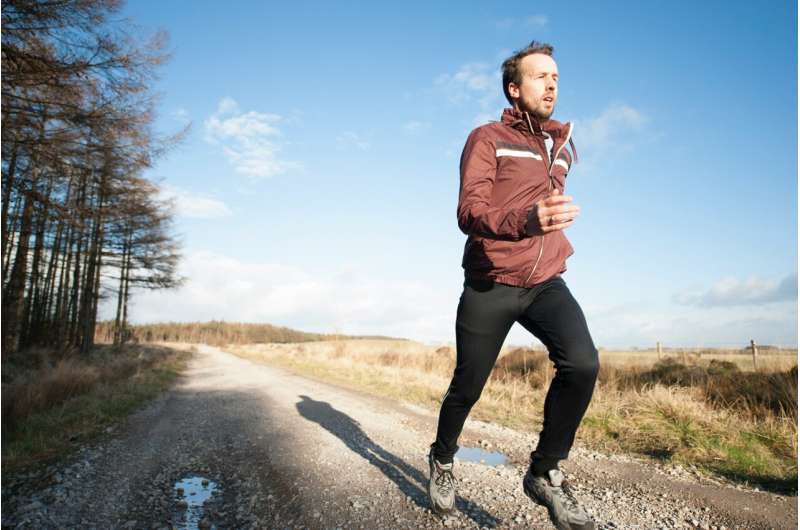Running with a stroller: Insights from biomechanics research on form and injury risk

Running with a stroller offers parents a flexible way to stay active while caring for their young children. Allison Altman Singles and Joseph M. Mahoney, biomechanics experts from Penn State Berks, have conducted in-depth research to understand how this activity impacts running form and injury risk. Their studies reveal that pushing a stroller modifies gait patterns, influences impact forces, and alters body posture—all factors that can affect a runner’s health.
Biomechanics, the science of movement, combines biology and physics to analyze how muscles, bones, and joints work together. In their research, the team used advanced motion capture technology and force plates to study runners pushing strollers versus unassisted runs. Findings showed that while pushing a stroller reduces impact force due to shock absorption through the stroller’s wheels—which can lower the risk of injuries like shin splints, stress fractures, and runner’s knee—it also increases torsional stress. This twisting force, which can be exacerbated by holding the stroller and controlling its direction, may elevate the risk for stress fractures in the lower leg.
Additionally, runners tend to lean six degrees farther forward when pushing a stroller. This forward tilt shifts the center of mass and affects leg positioning, potentially increasing injury chances. The research highlights that optimal running posture while stroller running involves shorter strides, a neutral posture, and avoiding excessive forward lean, particularly on hills. Selecting a lightweight stroller with adjustable handlebars can also help maintain proper form.
The team plans to expand this research to outdoor terrains and different pushing styles, including one-handed and tethered designs. They are also exploring how alternative stroller designs might facilitate a more natural running form. Overall, stroller running remains a valuable activity for parents, but emphasizing proper form and appropriate gear can minimize the risk of injury.
Maintaining good running mechanics and being mindful of posture can help parents enjoy safe and effective workouts while spending time with their children. As the science evolves, these insights aim to support active lifestyles and help parents stay injury-free during their stroller-mile adventures.
Source: https://medicalxpress.com/news/2025-05-stroller-biomechanics-affects-injury.html
Stay Updated with Mia's Feed
Get the latest health & wellness insights delivered straight to your inbox.
Related Articles
Weekend Warrior Exercise Routines Help Lower Mortality Risk in People with Diabetes
A new study reveals that 'weekend warrior' exercise routines can significantly reduce the risk of early death and heart disease in individuals with diabetes, highlighting the benefits of flexible physical activity patterns.
High Antihistamine Levels May Impair Fitness Progress, Research Reveals
High doses of antihistamines may negatively affect exercise recovery and fitness gains by disrupting histamine's vital role in muscle adaptation. New research highlights the importance of understanding medication impacts on athletic performance.



